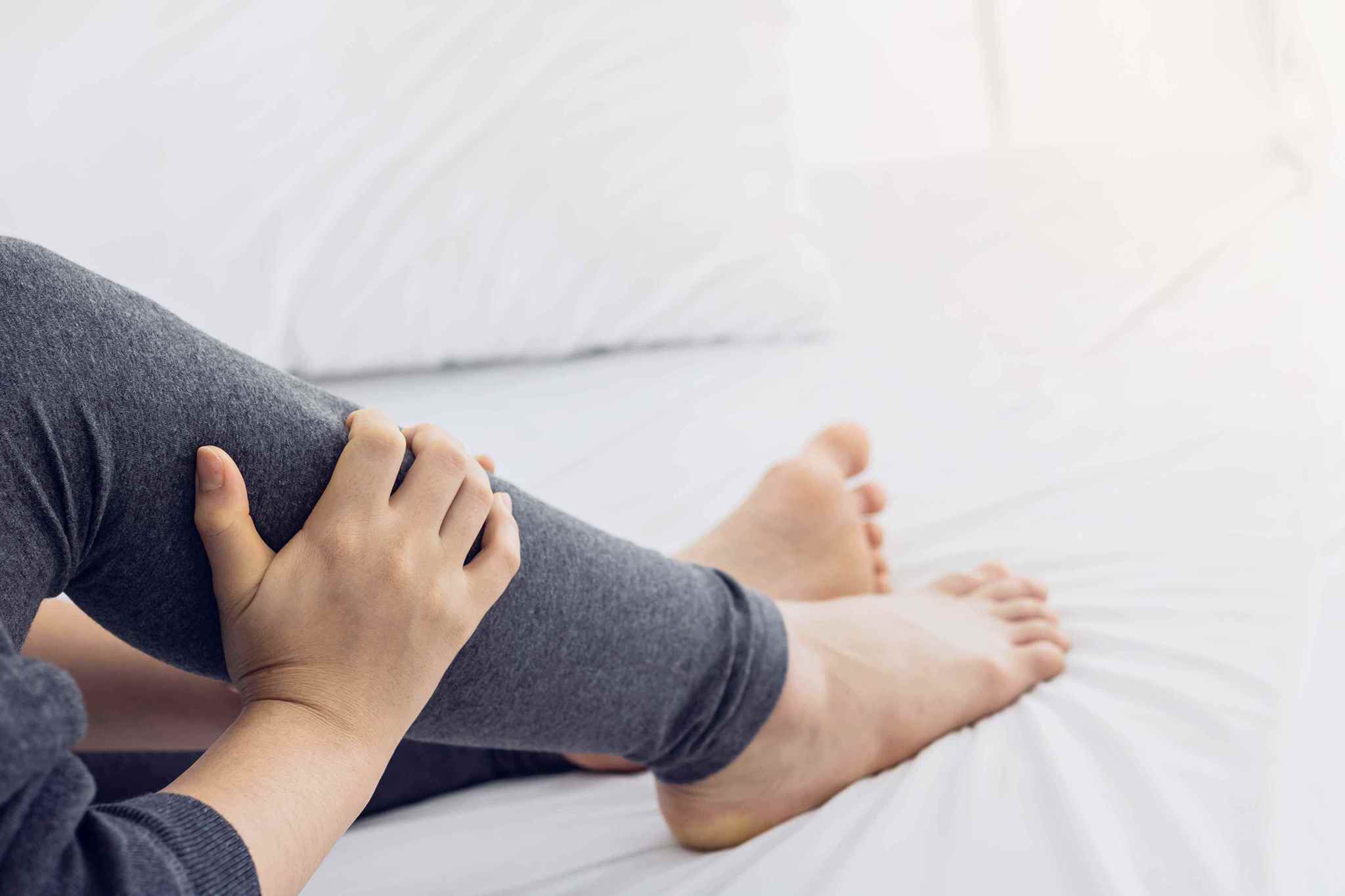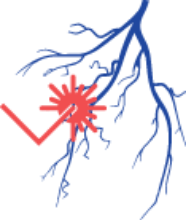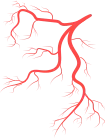Perth's Leading Specialist in the Treatment of Varicose Veins
Dr Luke Matar | MBBS, FRANZCR, FACP
What is Restless Legs Syndrome (RLS)?
Restless legs syndrome (RLS) or Willis-Ekbom disease is a condition that causes an uncontrollable urge to move your legs in an attempt to reduce an uncomfortable sensation. Moving the leg temporarily eases the unpleasant feeling.
It most commonly occurs at night and may be particularly annoying if you are in bed struggling to get to sleep. Symptoms usually may occur in both legs but may occur in one leg more than the other, and may also involve the upper limbs and body.
RLS is often neglected by patients and rarely diagnosed by doctors but is important because it can lead to significant impairment in quality of life for sufferers especially if severe.
Download Dr Matar’s Article “Restless Legs: The Untold Story” as seen in MedForum Magazine March 2021
Symptoms Of Restless Legs
If you experience the following symptoms, it’s important to see a vein specialist.
- Uncontrollable Urge to Stretch and Move Legs
- Aching and Throbbing Sensations
- Itchy Legs
- A Creeping or Crawling Sensation
What Causes Restless Legs Syndrome?
Restless legs can be a symptom of underlying vein problems. A possible cause could be venous insufficiency.
Venous reflux occurs when the valves in your leg veins are no longer working as they should. The valves regulate the blood flow, so the blood is sent back upwards to the heart. When some of these valves are leaky, a pool of blood is formed in your legs, and this may result in bulging veins.
In a study presented at the Australasian College of Phlebology Scientific Meeting (7 May 2019), 40% of patients presenting for management of venous disease suffered from RLS. The study highlighted that research into restless legs has previously focused on neurological conditions and that many doctors are unaware of the connection between vein disease and restless legs.
Now a detailed venous ultrasound is recommended as the first investigation prior to deciding on treatment.
What Can Be Done To Treat Restless Legs Syndrome?
The first step to finding a cause for your RLS is to book a consultation for an ultrasound and clinical assessment at our Perth clinic.
For patients where venous insufficiency is found, 80% experienced an improvement in restless leg symptoms following treatment. There is no need to go on suffering when vein treatment could be a solution. We want to help you get an accurate diagnosis and effective treatment plan to address this often overlooked medical condition.
Head to our booking page to find out what to expect in a consultation and what you need to bring.
Discover Our Advanced Treatments For Restless Legs
Our Approach to Vein Treatment
Stage 1
Treatment of large malfunctioning veins (trunk)

Endovenous Laser Treatment (EVLA) to great, small, and/or anterior accessory saphenous veins. 60 minutes
Stage 2
Treatment of large varicose veins (branches)

Phlebectomy removal of larger bulging varicose veins 90-120 minutescombined with

Ultrasound-Guided Foam Sclerotherapy (UGFS) on smaller veins. 30 minutes
Stage 2
Treatment of small varicose veins (branches) if required

Extra sessions of UGFS to close smaller veins if identified as required at post-treatment follow-up scan 30 minutes
You may not require this stage.
Stage 3
Optional treatment surface veins (leaves)

Usually done by Microsclerotherapy 30 minutes
Most patients require multiple treatment sessions to remove spider veins.
Stage 4
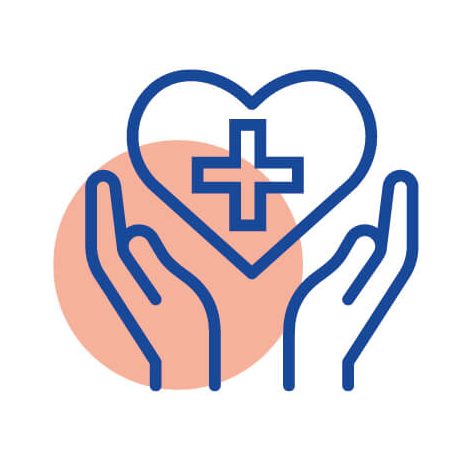
Follow up and maintenance to ensure best results
Experiencing Other Symptoms?
The below symptoms can also indicate underlying vein problems. If you are experiencing any of these combined with restless legs let us know in your consultation.
Frequently Asked Questions
Why do I have varicose veins?
Most varicose vein issues are hereditary. If you have one parent with varicose veins your risk of having them is around 65%. If both parents are affected the risk rises to approximately 90%. Another main risk factor for women is pregnancy, with the risk increasing with each additional pregnancy. Standing occupations such as hairdressers, nurses, and chefs also have a high risk of varicose veins as gravity puts pressure on the veins and weakens them.
How do I prevent varicose veins?
Once varicose veins are present, they will not resolve of their own accord. Measures to reduce the rate of progression include maintaining a normal healthy weight and going for regular walks of 20-30 minutes per day. Reducing the length of time spent on the feet in a stationary position may help and alternating between standing and sitting positions during the day will also reduce the pressure on the veins.
What will happen if I don’t treat these veins?
Generally, without treatment, varicose veins will get progressively worse over time. Symptoms may occur such as heaviness, ache, pain, and tiredness in the legs towards the end of the day. Further progression may result in leg swelling, itch, skin discolouration, and eventual skin ulceration. Blood clots related to superficial venous thrombosis may also occur in severe cases and can lead to the more serious condition of Deep Vein Thrombosis.
What treatment options exist?
Outdated, old-fashioned options such as surgical stripping are rapidly becoming obsolete due to poor long-term success, with recurrence rates of up to 50%. Modern treatment options include endovenous laser ablation, sclerotherapy injections, and ultrasound-guided ambulatory phlebectomy. In many cases a combination of different treatments will give the best long-term results.
Will the veins come back after treatment?
Many people are concerned that the treatment will be of limited value because the veins will just come back. This was certainly the case in the days of surgical stripping with a 50% recurrence rate at 5 years; however, using the latest minimally invasive techniques, we can reduce the risk of recurrent varicose veins to the baseline risk of approximately 3% per year.
What is the downtime following treatment?
This depends on the type of procedure performed and the severity of the veins being treated. Modern treatment with laser can involve no time off work and approximately two weeks off heavy gym work and four weeks off international travel.
Can restless legs syndrome impact sleep quality?
Restless legs syndrome (RLS) can substantially disrupt sleep patterns, posing difficulties in both initiating sleep and resuming sleep after waking up. Symptoms can be relieved temporarily by moving or walking.
Can pregnancy cause or worsen restless legs syndrome?
Yes, pregnancy can indeed lead to the onset or worsening of restless legs syndrome (RLS). This condition affects roughly one in five pregnant individuals, particularly during the third trimester. The exact cause of restless legs syndrome (RLS) is unknown. However, during pregnancy, it may be influenced by hormonal changes, problems with iron metabolism, a lack of vitamin D, genetic factors, and changes in zinc and magnesium levels.
Why are my restless legs worse at night?
Restless legs syndrome (RLS) usually worsens at night because dopamine levels drop when you're lying down and relaxing before sleep. This, combined with staying in one position for too long, can trigger the urge to move your legs, making the symptoms more noticeable in the evening and during sleep.
Read More on Our Blog
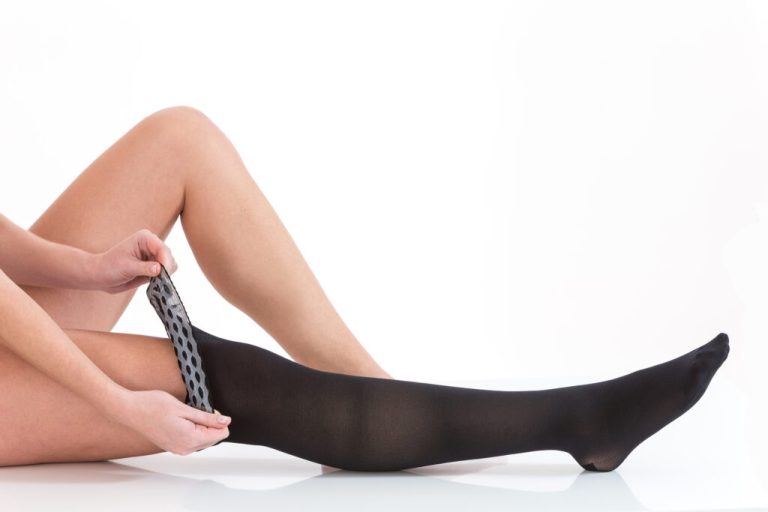
5 Ways to Prepare for Your Vein Procedures
1. Get to know and love your stockings! We strongly recommend you buy your compression stockings well ahead of your […]
Read More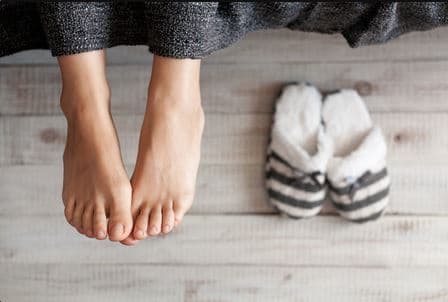
Don’t Be Fooled By Winter!
Cold weather constricts the veins and can make you feel “less symptomatic” – ie. the bothersome ache, pain, itch, heaviness, or tiredness in your legs could be less of an issue, or perhaps go away entirely.
Read More
Do I Need Varicose Vein Treatment?
Suffering from varicose veins? For too long patients have been told that treatment for varicose veins is “cosmetic only” and […]
Read MoreGet In Touch
Please send us an email and we’ll be in contact very soon or alternatively, call us on (08) 9200 3450.
If you are unsure of what vein condition you may have, assess your legs with our online tool.
If you are looking for cosmetic spider vein treatment only, please click here.

